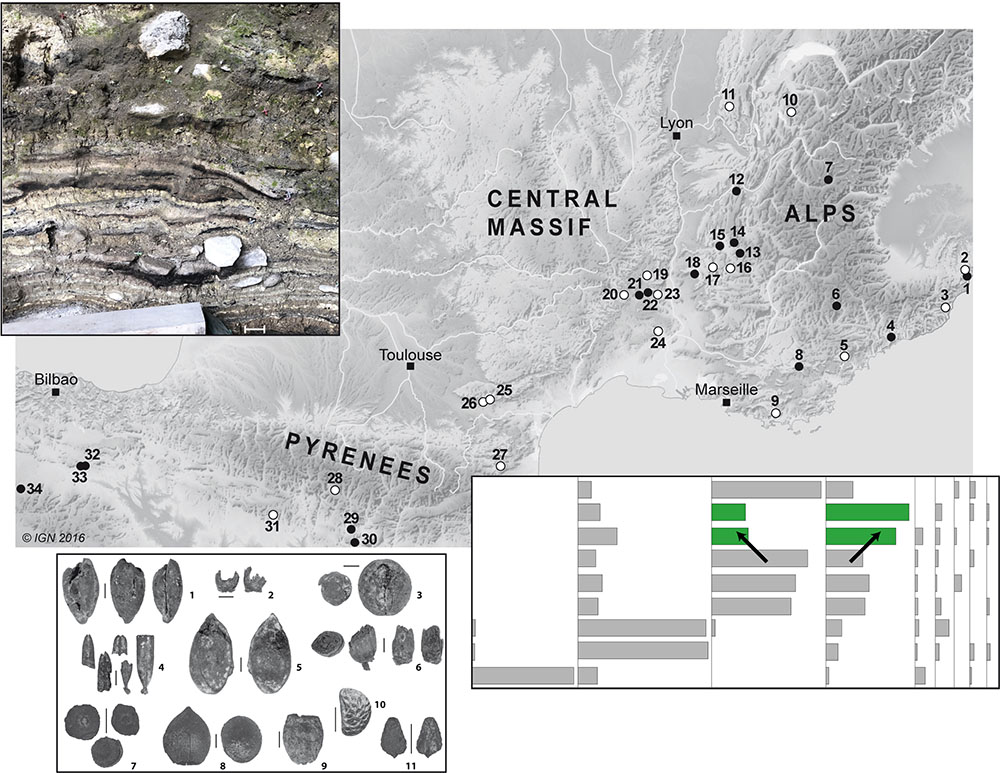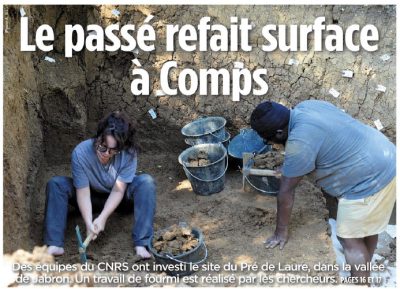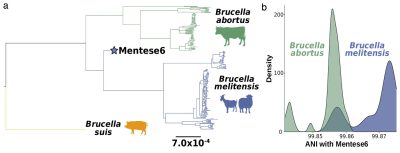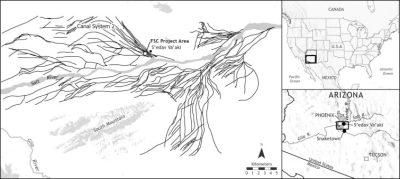Source : https://doi.org/10.1016/j.quaint.2023.03.004
Résumé : In southern France, the analysis of fossil dung layers from caves and shelters occupied by the first Neolithic farmers has provided a wealth of information about the lives of shepherds and their flocks, and thus on pastoral systems. Since the early 1980s, the development of sedimentological, archaeozoological and archaeobotanical studies has made possible to collect a large amount of data. More recently, the implementation of a whole range of innovative approaches allows a more detailed approach to pastoralism. This paper proposes a synthetic approach of 40 years of bioarchaeological analysis on Neolithic sheepfold caves (grottes-bergeries). Their interpretation focuses on understanding the early agropastoral system: pastoral use of wild and cultivated plant resources (fodder, litter, care and health of livestock), mobility systems, seasonality, practices and appropriation of territory.





